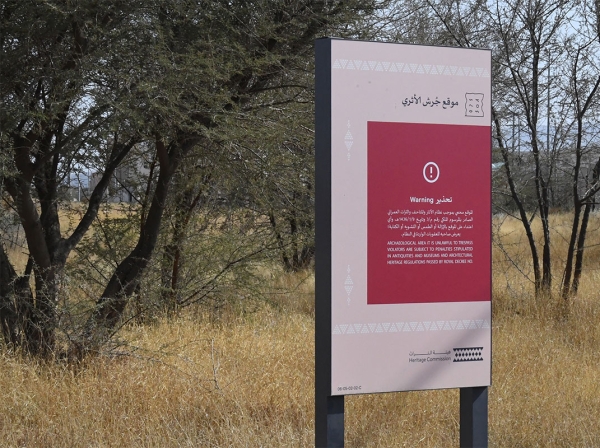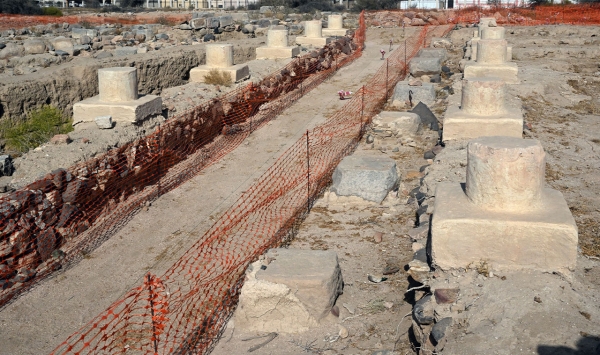


The Archaeological City of Jurash is an archaeological city located in Ahad Rufaydah Governorate in Aseer Province, southwest of the Kingdom of Saudi Arabia. Its remnants form the ruins of a settlement located about twenty-five km southeast of the city of Khamis Mushayt on the western bank of Wadi Bishah. Jurash contains stone foundations and architectural remains from ancient and Islamic periods, with the earliest settlement dating back to the beginning of the first century.
The history of the archaeological city of Jurash
According to archaeological studies, the site of the city is home to eight settlement layers that have passed through the site. Jurash was first inhabited for a short period at the beginning of the first century, and is represented by the three lower layers of the city. The fourth layer begins from the year 280 and continues to grow until 510, to which the fifth layer of settlement is attributed, and then the sixth layer in the year 660, while the seventh and eighth layers represent the year 1030 and beyond.
Historically, Jurash formed a regional economic center and extended its own trade over vast areas of the southern Arabian Peninsula. It was renowned as a major center, alongside the cities of Taif and Saada in Yemen, for the production of tanned leathers.
Jurash city training camp
In addition to its economic importance, Jurash was also a famous training camp, providing training on weapons and military equipment. Delegations of soldiers and fighters were sent from neighboring areas for training in combat and defense. Among those sent were the companions Urwa Bin Mas'oud and Ghailan Bin Salamah, who came from Taif during its siege in 628, to receive training in the use of catapults, ballista, and battering ram.
In 632, the Islamic conquests reached the city of Jurash, and it became an Islamic city after a siege that lasted about a month. It later turned into an Islamic center for the sciences of Hadith, the transmission and codification of Prophetic Sunnah.
Characteristics of the site of the archaeological city of Jurash
Jurash's location in the heart of the Hajj route networks in the Arabian Peninsula contributed to its wealth and cultural prosperity. Situated as one of the principal stations along the route connecting Aden in Yemen to Makkah al-Mukarramah, it served as a key passage for pilgrims traveling from Yemen and the southern regions of the Arabian Peninsula through the Upper Yemeni Hajj Route (an-Najdi Road).
The site of the city preserves ancient and Islamic archaeological evidence, including decorated and undecorated artifacts made of soapstone, and the remnants of blue-painted pottery vessels engraved using the splatter method of painting, an art attributed to the Abbasid era.
Hills and walls of the archaeological city of Jurash
The remnants of the current Jurash site are characterized as being rectangular in shape, measuring 306 m by 430 m. Archaeological mounds extend along the site from south to north, with their density concentrated in the middle. On the eastern side of the site, there are walls built with large, trimmed rocks, ranging in length from eighty cm to two m and with a width of about sixty cm. The massive walls and their construction style resemble those found at al-Okhdood site in Najran Province.
Since 2018, the Saudi Commission for Tourism and National Heritage (currently the Heritage Commission) has taken on the responsibility of excavating, uncovering, and preserving the remnants and details of the site, working to present it in a way that reflects its historical significance and the successive civilizations that have spent centuries at the site.
Related quizzes
Related articles
